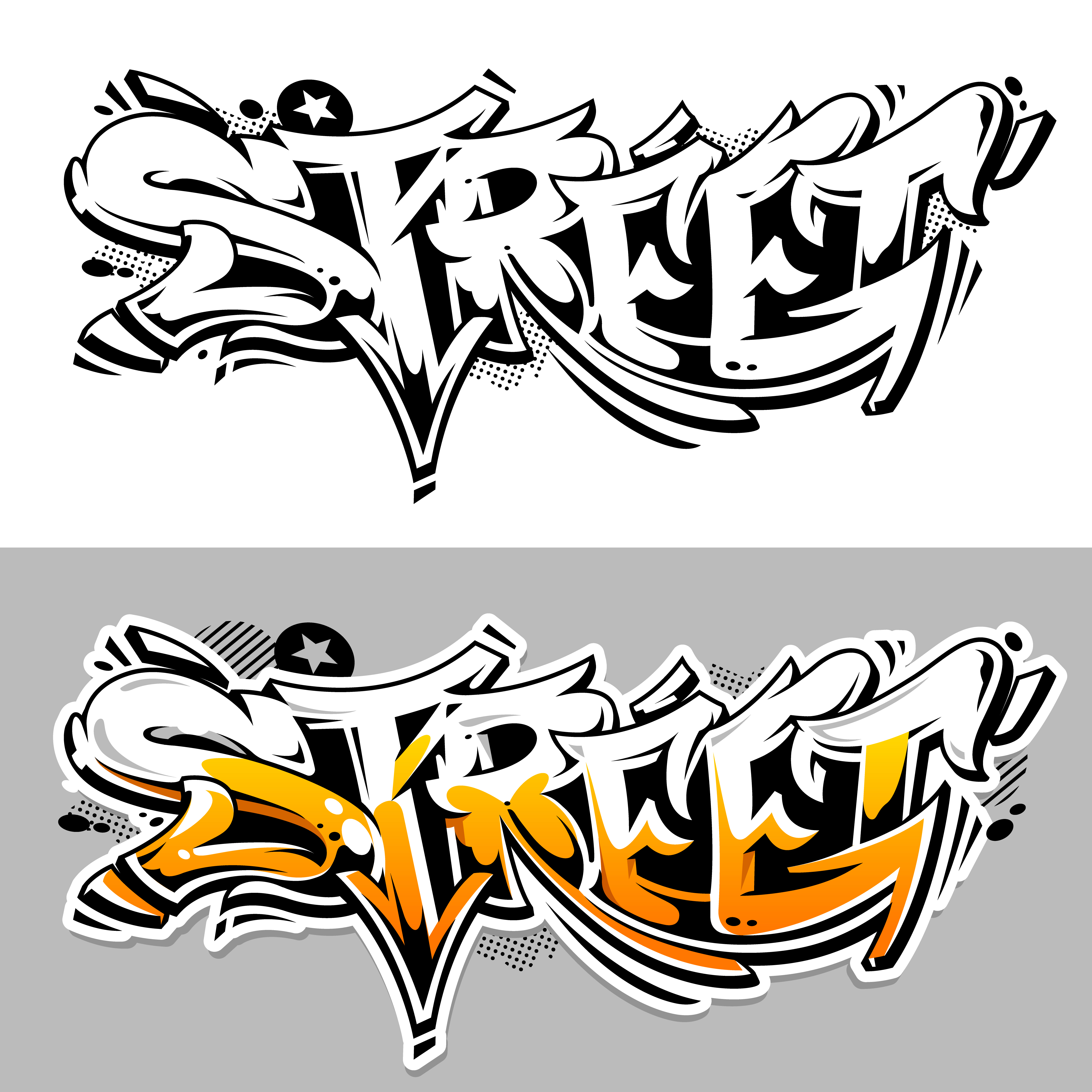

Graffiti is the sight of an unregulated free market getting the kind of art it deserves." Graffiti is a perfectly proportionate response to being sold unattainable goals by a society obsessed with status and infamy. Popular street artist Banksy has said, "To some people breaking into property and painting it might seem a little inconsiderate, but in reality the 30 square centimeters of your brain are trespassed upon every day by teams of marketing experts. As advertising infiltrates, the communal consciousness on a constant daily basis, Street Art has oftentimes been coined a counter attack.Many street artists use the public canvas of buildings, bridges, lampposts, underpasses, ditches, sidewalks, walls, and benches to assure their individual messages are seen by a wide swath of the population, unfiltered by target demographics or being accessible only to art world denizens.Street Art can often be viewed as a tool for promoting an artist's personal agenda surrounding contemporary social concerns, with city facades acting in the same role as the old fashioned soapbox a place to extol the artist's opinion on a myriad issues ranging from politics and environmentalism to consumerism and consumption.This temporariness creates an immediacy and electricity around the work. Viewers are seeing a one-of-a-kind work that is likely not to last.

Any unsanctioned public work runs the risk of being removed or painted over by authorities or by other artists. A central aspect of Street Art is its ephemerality.Street Art has also been called independent public art, post-graffiti, and guerilla art.

Although some street artists do create installations or sculpture, they are more widely known for the use of unconventional art mediums such as spray paint, stencils, wheat paste posters, and stickers. The underlying impetus behind Street Art grew out of the belief that art should function in opposition to, and sometimes even outside of, the hegemonic system of laws, property, and ownership be accessible, rather than hidden away inside galleries, museums, and private collections and be democratic and empowering, in that all people (regardless of race, age, gender, economic status, etc.) should be able to create art and have it be seen by others. As graffiti bloomed outward across the U.S., Street Art evolved to encompass any visual art created in public locations, specifically unsanctioned artwork. Early graffiti writers of the 1960s and 70s co-opted this philosophy as they began to tag their names across the urban landscapes of New York City, Los Angeles, and Philadelphia. The common idiom "to take to the streets" has been used for years to reflect a diplomatic arena for people to protest, riot, or rebel.


 0 kommentar(er)
0 kommentar(er)
